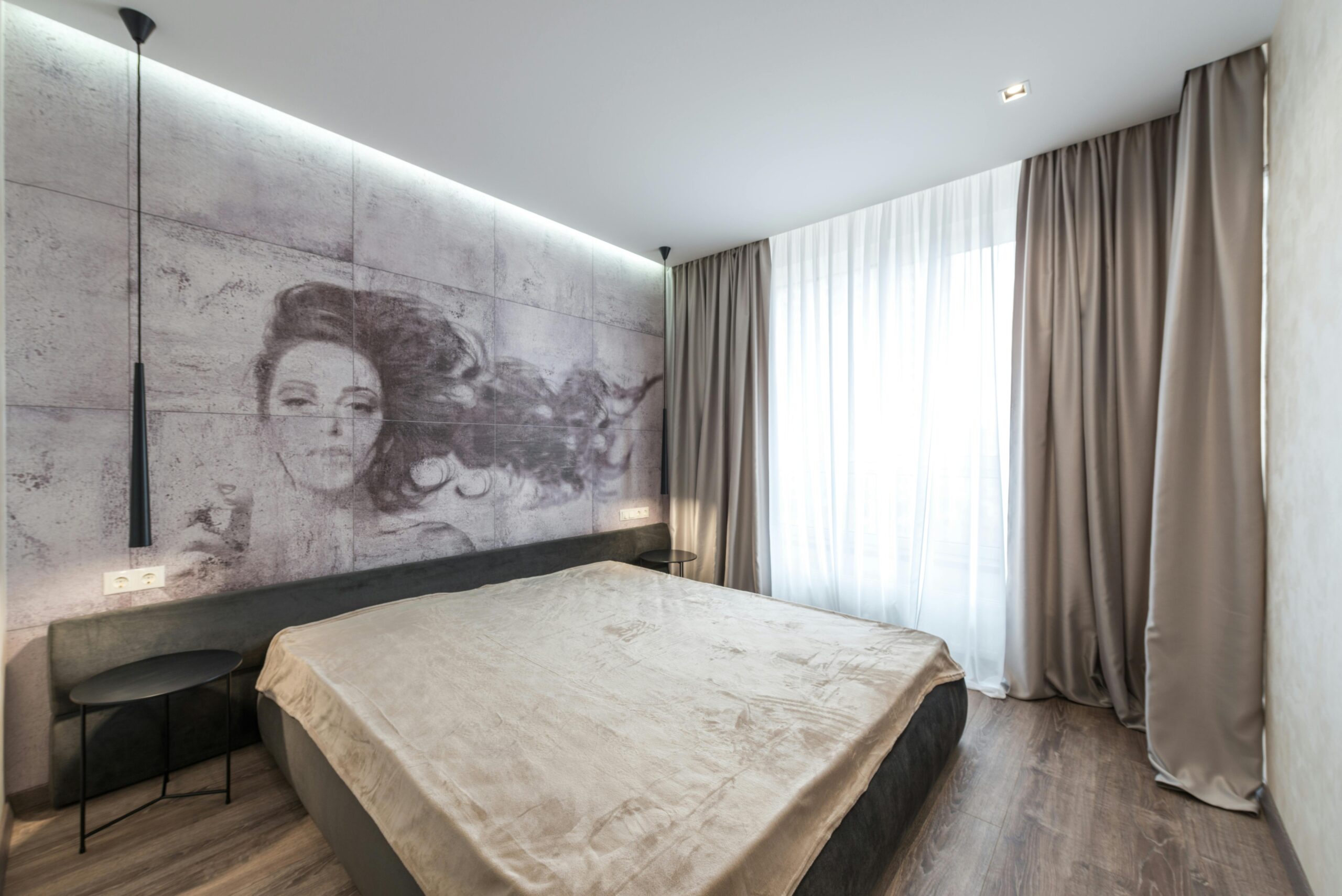Application of AI in Interior design
“If you can think it, AI can create it”. This saying is true for almost any industry these days. With artificial intelligence (AI) taking over every domain, interior design and architecture are no exception. There are new AI design platforms and advanced technology popping up every now and then. As an interior designer, if you want to stay relevant and competent, it is imperative for you to work with these tools rather than against them. For this reason, most interior design and decoration courses are now including AI as a subject in their course curriculum.
Whether it’s spatial planning or personalisation, the use of AI in interior design is vast. AI also helps with sketch rendering, enhancing augmented reality and offering real-time data analysis.
As a budding or experienced interior designer, you should be looking at harnessing the power of AI in every sphere – from concept to completion.
Through this blog, we will explore the application of AI in interior design.
AI Transforms Interior Design – The Future
- Spatial Planning
Owing to rising property prices, every individual these days wants to maximise the layout of their space. AI can optimise functionality by taking into consideration the configurations and shape of the room. Spatial planning is a time-consuming process. Using AI algorithms, and by analysing user preferences, interior designers can generate room layouts without spending too much time. It not just streamlines the planning process but also ensures functionality and style. AI helps with pleasant distribution of space by aiding with things like furniture placement, aesthetic and traffic flow.
- Personalisation
The world of interior design thrives on personalisation. AI can analyse client data including preferences, past purchases, needs and lifestyle, and then make recommendations. From suggestion colour combinations, accessories and furniture, AI can do it all. AI can also suggest design elements that align with personal taste. The use of AI in personalisation is incredibly helpful. Sometimes, it can become difficult for interior designers too to personalise elements as per the client’s needs. However, the right personalisation is only possible when the AI-driven recommendation engines are fed with the right data.
- Data Analysis
As mentioned earlier, AI tools can analyse large volumes of data. While data analysis plays a pivotal role in personalisation, interior designers can also use AI for their own needs. AI can predict the latest interior design trends, and information about new materials and products. This helps interior designers make informed decisions. It also reduces the cost of interior design services. When tasks are automated and streamlined, interior decoration in general becomes more affordable for the client.
- 3D Renders
AI tools can seamlessly transform 2D drawings into 3D renders. This helps clients get a fair picture of how their final space will look even before the construction begins. Interior designers can also furnish every room in a home and produce multiple layout iterations. AI is surely revolutionising the way spaces are conceptualised. Every interior designer should integrate AI tools in their workflow. The possibilities are unprecedented.
- Augmented Reality (AR) and Virtual Reality (VR) Integration
Interior designers usually face a challenge when they have to convince their clients regarding the vision of a space. Thanks to AR and VR technology, clients can visualise what their final space will look like. AI-powered VR and AR tools can be used to create immersive and interactive design experiences. Clients can witness life-like previews. This helps them give their feedback and the interior designer can accordingly make physical changes.
Using AI Effectively in Interior Design
A lot of new interior designers have a misconception that AI is a replacement for human creativity. AI should be used as a valuable tool to generate design concepts and to streamline tasks. Solely relying on AI will take an interior designer nowhere. There can be times when AI generated designs are unoriginal. Thus, before presenting it to a client, it’s important to ensure that it reflects the client’s vision. When artificial intelligence is looked upon as the ultimate, there can be a certain loss of control and lack of emotion. Interior designers need to be careful to prevent this from happening.
Designers should not be scared to override AI’s suggestions if need be. Despite giving complete responsibility to AI, they should still have certain control over the design process.
The future of interior design with AI is incredibly promising. It will not just push creative boundaries but also offer unmatched personalisation. If you want to create beautiful, aesthetically-pleasing and functional spaces, you should be using artificial intelligence-driven AI tools.




